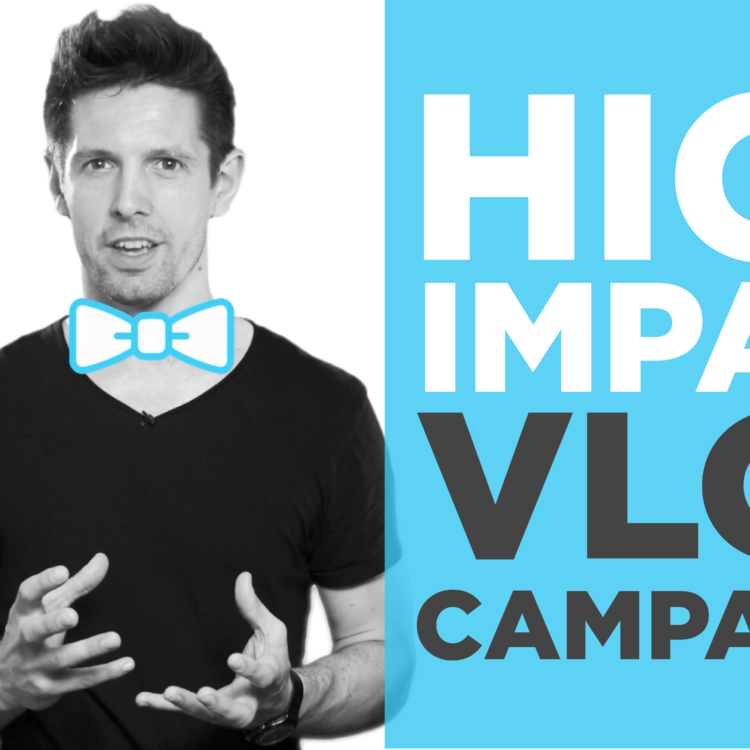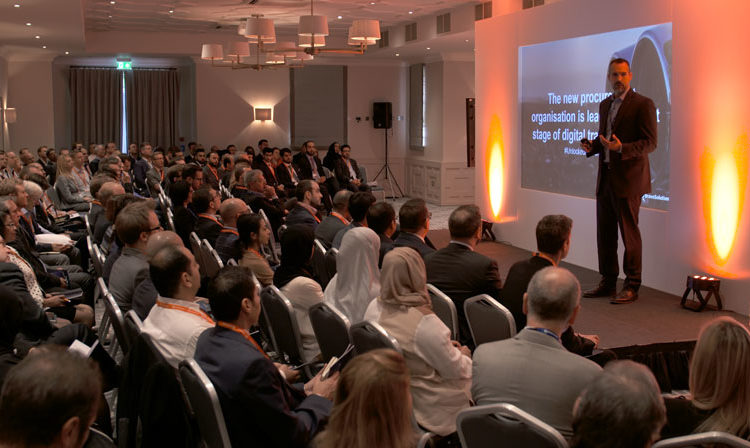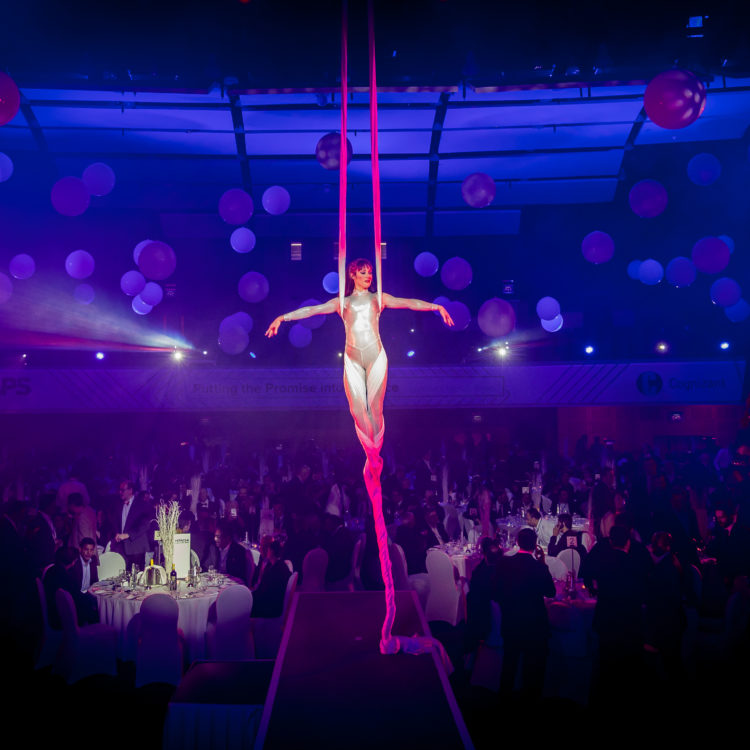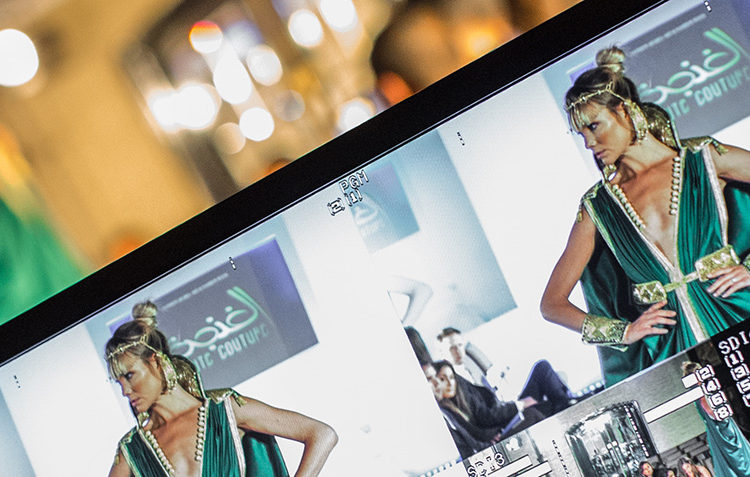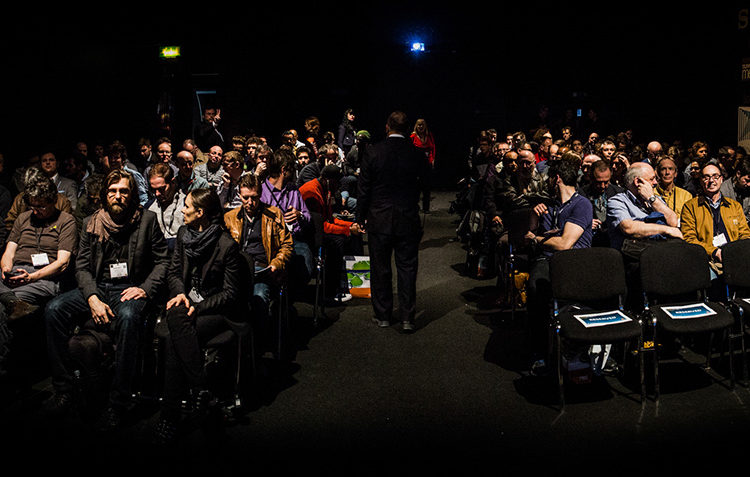How To Create High Impact Vlog Campaigns
This week’s vlog focusses on how brands can plan a regular vlogging campaign to drive up interactions with their customers on social media.
Check out the transcript below.
The value of videos to marketing campaigns is growing exponentially year on year, so marketeers are having to find more and more video content in order to maintain engagement with potential customers and to drive up interactions.
Video blogs do this by presenting a human face to your brand and if you get the content right, further your reputation as experts in your chosen market. Both of these factors increase viewers’ trust in your brand and encourage further contact and potential sales.
It’s really important, to produce your vlogs regularly. They don’t have to be released every Thursday at 12pm but releasing videos consistently will reinforce the image of reliability; releasing videos randomly can look unprofessional, so commit to a vlogging schedule and make sure it’s easy to stick to.
This leads me to point 2 – make your vlogging easy. Be sure you allow time to write and plan each video and choose how you’ll produce them. Increasingly brands are recruiting their own in-house video teams for convenience, but if your brand isn’t there yet, consider booking an external production company to regularly film at your premises – you and your team are far more likely to come up with the goods when it’s known that a production team is being brought in specially, and you can be sure that you’ll achieve professional production values.
The third step is to decide what benefits you’re bringing to your audience. There’s no such thing as a captive audience online; the only reason they’ll watch is because you’re offering something, so make sure that you are confident of who your audience is and that you’re giving them something they want.
Further to this, think about your brand’s style and make sure this comes across in the way you present your vlog, for example, if your product is relatively abstract, try adding motion graphics to explain your concepts to help visual learners understand your offering.
Finally, don’t make them too long – attention spans online are pretty short, only 59% of people will watch a 1 minute video all the way through so if you go over that, make sure you’re as concise as possible and get the important stuff said early to hook viewers in.
So with that said, I’d better go – Thanks a lot, see you next time.
